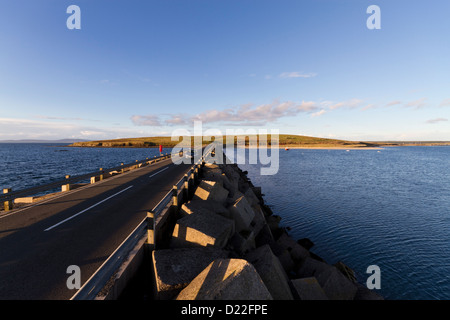

In such areas, spaceborne remote sensing may offer complementary information on glacier parameters, especially glacier area, surface elevation, ELA and terminus position, from which mass balance can be inferred on various spatial and temporal scales.
#GLIMS PRODUCTION RUSSIA MANUAL#
Due to intense manual labor, this method has limited applicability in rugged or remote glacierized areas due to logistic difficulties involved in maintaining a monitoring network, lack of logistical support and political or cultural conflicts. Measurements are conducted either between two fixed dates, or at the end of the accumulation and ablation seasons. The thickness divided by the average density yields the specific winter mass balance at a point on the glacier surface. In the accumulation area, snow pits are dug, and the thickness of the accumulation layer is detected by changes in grain size or the presence of a layer of dirt. Stakes are drilled into the ice and the distance between the top and the bottom of the stakes is measured. Traditionally, glacier mass balance was measured with the “direct” glaciologic method, which consists of placing a network of stakes and pits at representative points on the glacier surface. While recent trends of glacier retreat may be attributed due to 20 th century climate fluctuations, the response of glaciers to such climate fluctuations is complex, and may also depend on non-climatic factors such as ice dynamics, glacier hypsometry (the distribution of glacier area versus elevation) and topography. In particular, the last three parameters are of importance for mass balance monitoring, as they react to annual fluctuations in climate parameters such as precipitation, temperature and air humidity. Such studies show the potential of remote sensing data to provide useful information for glaciologic applications such as: glacier area, length, surface elevation, surface flow fields, accumulation/ablation rates, albedo, equilibrium line altitude (ELA), accumulation area ratio (AAR) and the mass balance gradient δb/δz. Mass-balance records show an acceleration of glacial loss in the last decades in many of these sites. The current limitations and on-going challenges in using remote sensing for mapping characteristics of mountain glaciers also discussed, specifically in the context of the Himalaya.Īn increasing number of glaciologic studies are focusing on monitoring glacier changes using remote sensing in mountain regions experiencing rapid changes in glacier extents, such as Alaska, Patagonia, the Andes, the Alps, the Himalaya and Central Asia. The methods reviewed are: volumetric changes inferred from digital elevation models (DEMs), glacier delineation algorithms from multi-spectral analysis, changes in glacier area at decadal time scales, and AAR/ELA methods used to calculate yearly mass balances. The focus is on the Advanced Spaceborne Thermal Emission and Reflection Radiometer (ASTER) sensor and its applicability for monitoring Himalayan glaciers. This paper reviews advances in the use of visible and infrared remote sensing combined with field methods for estimating glacier parameters, with emphasis on volume/area changes and glacier mass balance.

Such methods are particularly useful in remote areas with limited field-based glaciological measurements. Remote sensing approaches allow for regular monitoring of the properties of alpine glaciers such as ice extent, terminus position, volume and surface elevation, from which glacier mass balance can be inferred.
#GLIMS PRODUCTION RUSSIA SERIES#
The description of each product series subtleties of material flow are always given, so it is easy to navigate so how much is required for you.Ĭalculate possible with an electronic calculator, indicating the area to be processed, and selecting the type of the dry mixture.The increased availability of remote sensing platforms with appropriate spatial and temporal resolution, global coverage and low financial costs allows for fast, semi-automated, and cost-effective estimates of changes in glacier parameters over large areas. Since the company offers several options, you need to pay attention to features of the mixture, which you are interested. They spent a little, but it gives excellent results. Plasters Glims may be mentioned among the most efficient. Great importance is given framework that will be processed, and the degree of humidity of the room. When it comes to the tiled glue, you must take into account the type of material used, the size of the tiles or mosaics. Manufacturer always indicate the instructions on the packaging of each item, so deal with it will not be difficult. Much depends on the type of mixture, and a method for its preparation, and proportions. To get the necessary amount of material to perform a specific job, you must understand its magnitude.


 0 kommentar(er)
0 kommentar(er)
